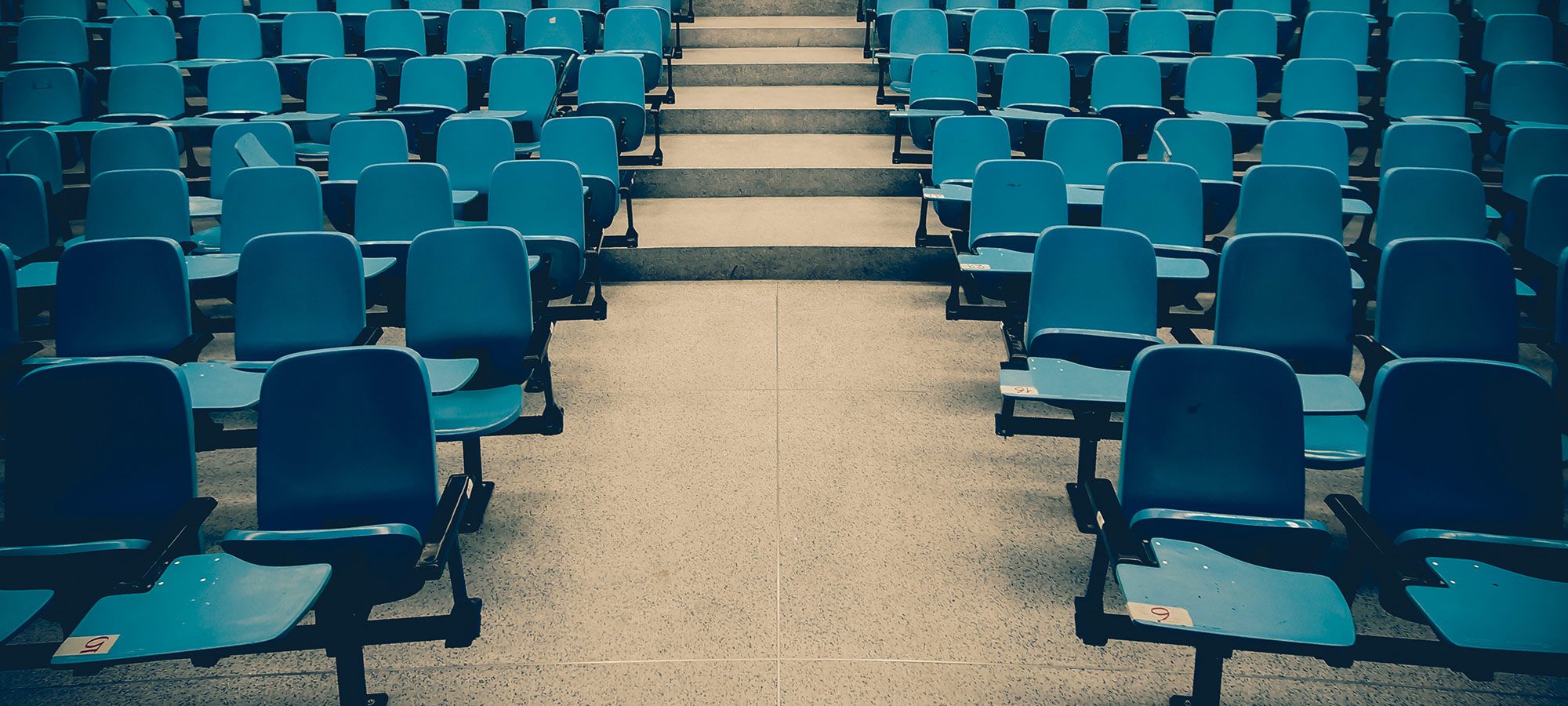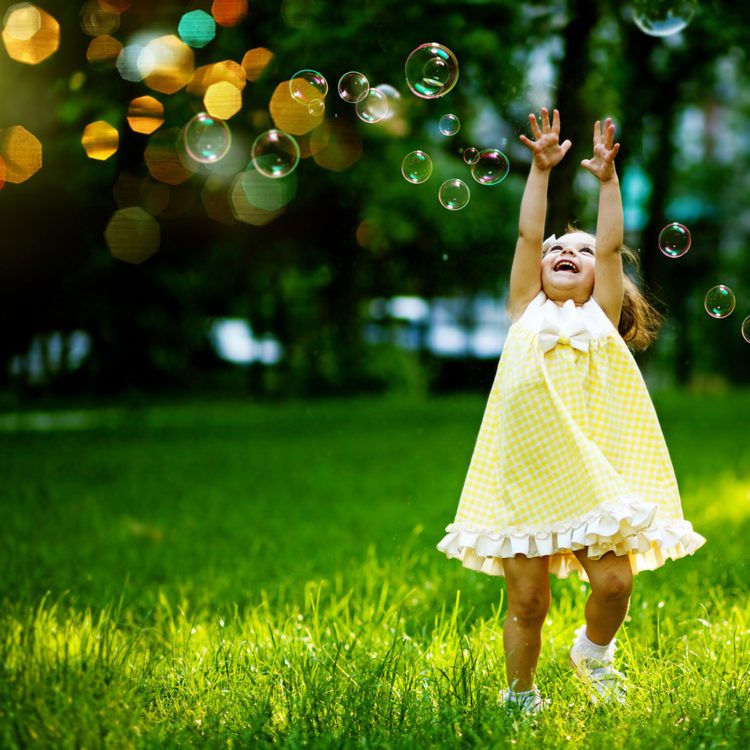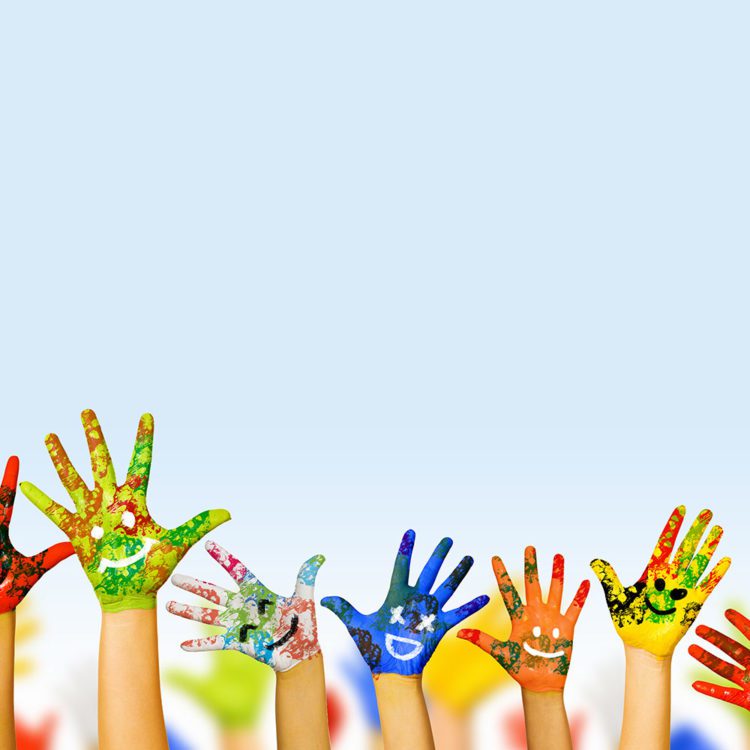Human Development: Grades K-8
In this course, we will explore the developmental changes that can be expected in grades K through 8, and the role that contexts, especially schools, play in promoting this development. Topics that will be discussed include the following: (a) the methods that are employed to observe children and adolescents in classrooms and research studies; (b) the physical, cognitive, social, moral, and linguistic changes from childhood to early adolescence; and (c) the role of families, peers, and schools in influencing healthy development in the areas specified in b. The emphasis throughout the course will be on how children and early adolescents differ in their development and educational needs, and how you as mentors and future educators can interact with children in ways that are that are appropriate and sensitive to their needs. As you will inevitably teach adolescents in middle schools, as well as children in elementary school, being knowledgeable about the changes from childhood to adolescence will be valuable.
Language Acquisition
Infants start out with no language and by the end of the second year of life are often speaking in full sentences. How did this happen? This phenomenon is what this course is designed to explore. In order for you to appreciate what this achievement involves, and to generate new research ideas, you’ll first need to acquire some background into what language is and whether it is unique to the human species. Thus, this course has been designed with two primary goals in mind: First, to allow you to become acquainted with the nature of language and language acquisition; and second, to provide you with a thorough grounding in principles of research. The latter goal will be met through “hands-on” experience in working in the Infant Language Project as well as through your reading of original research articles.
Learning and Development
For those of us interested in advancing the cause of schooling, we need to understand the object of our instructional interventions: Children! No matter how brilliant our research ideas or curriculum design or evaluation strategies, we will never do as a good job as we might if we don’t have a sense of what children are like. They are not just miniature adults dressed in children’s clothes. Furthermore, we must be mindful of the fact that children are more than cognitive machines; they are also social and emotional beings. Research tells us that children’s social and emotional adjustment plays a central role in their school success (Raver, 2002). For this reason, we must study the whole child and the theories posited to explain the different aspects of human development. In possession of these underpinnings, you will be able to make a substantial contribution to education and its allied disciplines. The purpose of this course, therefore, is to provide you with a detailed knowledge of various facets of development, especially as it pertains to schooling.
Seminar: Language Development
The acquisition of language is a remarkable phenomenon. The newborn babe appears to know nothing of language but by the end of the first year of life is comprehending over 100 words. By the end of the second year, most toddlers are talking in short sentences. Further, this sequence occurs regardless of whether the baby is reared in a tent or an igloo; with parents who treasure its every vocalization or with parents who believe baby talk is not worthy of adult attention. The purpose of this course is to explore the language acquisition phenomenon by reading and discussing a wide range of theory and research. A secondary purpose of this course is to provide the student with the experience of thinking through a piece of research – from the literature review to the framing of the question to the design stage.
Sharing Learning Science: Applying and Disseminating What We Know
A new doctoral course on scientific dissemination!
We generate vast amounts of data in many realms – social-emotional, cognitive, academic, and linguistic. How can we share our findings with the parents, practitioners and policymakers who are outside our circle and don’t read our journals or attend our conferences? How can we contribute to the use of evidence-based information by families, schools, museums, zoos, after school centers, day cares and other venues where children are found?
This course focused on topic areas in which students wished to become experts and considered novel ways to disseminate the science in that area. In so doing, they had to decided which science is worthy of dissemination, and how to be true to thenuances of the science without dissembling. We will considered to whom we are doing the dissemination and how to do it best.
Dissemination occurs in various forms. It can be found in places ranging from doctor’s office to supermarkets to newspaper articles to websites to tweets to billboards. What do we do when we want to tell the world about the parts of our research that can better people’s lives? How do we go about deciding what venues and targets will work best for us? How much data do we need before we even think about dissemination?
Students also wrote an op ed for the local newspaper as one of their assignments. The syllabus is available upon request.






